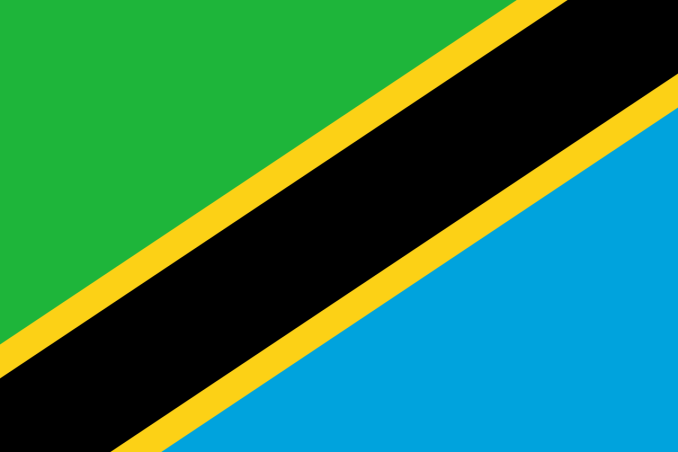TANZANIA: Economics of mobile money transactions levy dynamics

The mobile money transactions levy introduced in Tanzania in the 2021/22 fiscal year has been among the major issues of discussions. There have been a number of dynamisms in this matter in a relatively short period of time from early July to the end of August 2021. The dynamism include proposal of the levy in the names and shapes of ‘patriotic ley’, approval of the proposal by the Parliament, setting of rates by the Ministry of Finance and Planning, implementation of the rates from July 15, 2021, complaints from citizens immediately after the rates were applied, Finance minister’s stand that the rates would continue, Presidential directives to review the rates, submission of reports to the Premier, involvement of telecommunication companies, announcement of new rates and coming into effect of the same.
The dynamics around this levy can be discussed and understood in various contexts.
This piece, which is part one of two parts in this matter – with part two coming next week – documents chronology of events and gives some economic understanding of the dynamics under the premise of domestic resources mobilization (DRM). Part two will start from complaints to the new rates and implications of the same.
Domestic resources mobilization
Mobile money transactions levy should be understood in the context of DRM. DRM is all about collecting own domestic resources for a country’s development through the national budget.
In Tanzania, domestic financial resources include tax and non tax revenues.
These are both central and local government revenues. Within the tax typology there are several types and rates of taxes.
These include Value-Added Tax, Corporate Income Tax, Pay As You Earn, Skills Development Levy, Property Tax, import duties and other along this line.
Non tax revenues include fines, fees levies (including the mobile money transactions levy), dividends accruing from government shares in businesses, royalties mainly from the extractive industry and contributions from government institutions among others.
DRM is very important for reducing and avoiding donor dependency and borrowing. The two have their set backs in the country’s development trajectory including conditionalities and swelling of national debts respectively.
On the mobile money transactions levy
Mobile money transaction including sending and receiving money as well as making various payments through the use of mobile telephones has been widely used in Tanzania.
This is the case following deep penetration of mobile telephones in the country.
It is a service provided by telecommunication companies in their capacity of Financial Technology firms (FinTechs). In its 2021/22 annual budget announcement in June 2021 the government of Tanzania amended the Electronic and Postal Communications Act (CAP 306) by imposing a levy on all mobile money transactions depending on the amount sent and withdrawn.
Rationale for the levy
The proposal and approval of the levy and even setting of the rates should be understood from the good intention of having adequate funds to fund public goods and services.
It is an alternative source of budgetary resources in a country whose main sources of budgetary resources have been generally the same over years.
It can also be seen from the point of view widening the rather narrow tax base in a country where relatively few people pay tax while there is huge ambition and expectations for government to foot the rather big bill for public goods and services. It is also seen as a source of government revenue that can be easily collected with the needed principles of taxation of efficiency and economy in the form of collection cost effectiveness. It is a source that is not easy to avoid although it can be evaded.
Implementation
It has been reported by the Minister for Finance and Planning that for the first four weeks of collecting the levy from 1st July 2021, about 48 billion Shillings had been collected.
About Sh37 billion had been disbursed for constructing 150 health centres and Sh7 billion for constructing 560 classrooms. This is impressive spending on the ring-fenced public goods and services in Health and Education in just a month. According to the Prime Minister, 250 million Shillings had been distributed to each project in Local Government Authorities (LGAs) for construction of health facilities in needy remote areas.
SOURCE: THE CITIZEN / Honest Prosper Ngowi
 Africas leading resource for digital financial services
Africas leading resource for digital financial services


comments